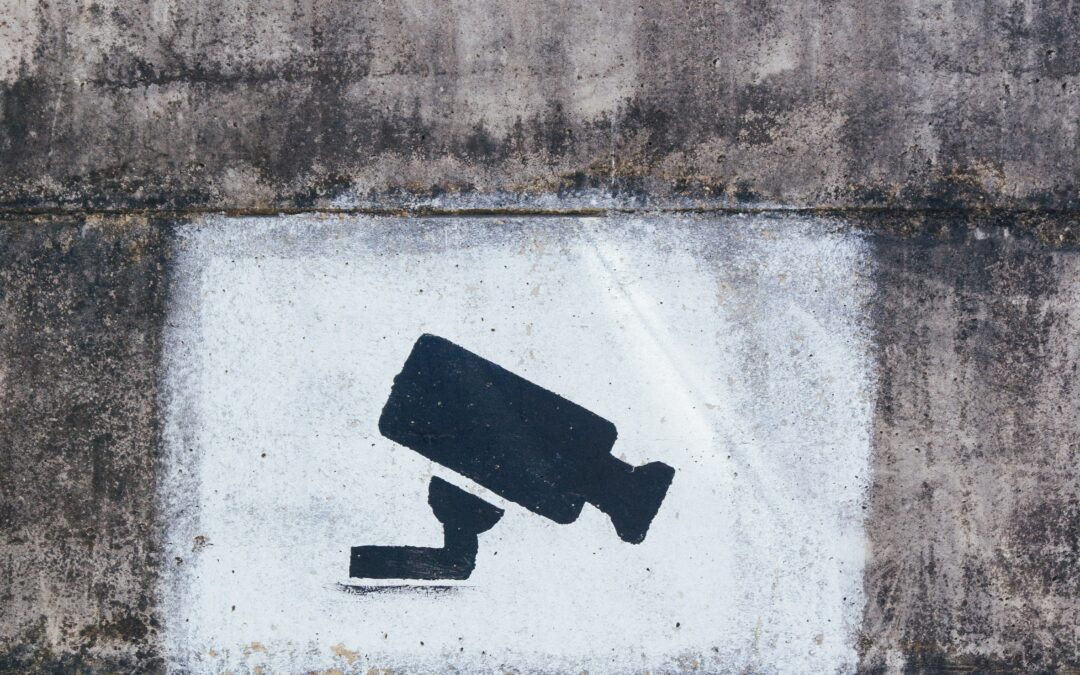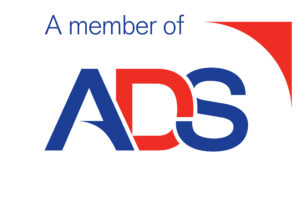Close Circuit Television (CCTV) is a system which is a closed circuit, and all elements of the system are directly connected, unlike commercial TV broadcast where any TV can be tuned to receive the transmitted signal. In this context, the direct connection includes systems that are connected by microwave or other types of bearer.
State-of-the-art CCTV technology includes Face recognition; used for identifying suspects.This capability takes surveillance to a new level. The EU is contemplating a temporary ban to safeguard individuals’ rights, possibly a premature move, considering the greater need to identify people during a pandemic.
Facial recognition is a tool that provides the potential for greater security. Law Enforcement is concerned for enhancing safety; and vigilance for protecting privacy.
Considering facial recognition technology, Privacy by Design (a systems engineering approach, initially developed in Canada) should be implemented during product development. GDPR includes ‘data protection by design’ and ‘data protection by default’, the second foundational principle of privacy by design. Many countries implement variations of privacy by design in their laws; it states that products should be designed to proactively support privacy principles. Privacy by Design products should have features such as:
- Data access control;
- Data encryption;
- Data management control.
Selecting facial recognition software and hardware is the first step in developing a security system. Typically, Facial recognition cameras either process from a database held on the camera or stream captured imagery to a remote server for processing. Guidelines when implementing a facial recognition system could be:
- Community consultation before installation;
- Notify stakeholders of the installation, what data will be collected, and how it will be used;
- On installation, warning signs to ease concerns.
Computer vision-based technology is widely adopted; and not limited to facial recognition but also facial expression recognition, scene recognition, number plate reading and more. Concerns have been raised by several groups and require innovative solutions to ensure awareness and control of potentially sensitive data.
Facial recognition systems are in everyday use for our convenience and frequently feature in our cell phones, surveillance and other IT systems. Advantages incline law enforcement agencies towards making use of this technology in support of policing operations; when integrated with surveillance cameras they convey added benefits to the police in protecting the public. However, these capabilities can intrude upon the right to privacy, freedom of assembly and association, freedom of expression and other freedoms, as well as protection from discrimination. Legitimate, responsible and ethical operation is required to prevent it from adversely impacting upon the public confidence in the police.
Legitimate concerns over privacy and misuse of data generated by facial recognition cameras, and these pose a significant obstacle to their acceptance. Satisfactorily addressing privacy concerns, enabling a real-time analysis on video streams from public spaces is required.
Users require clarity and transparency as to the legal basis upon which they seek to justify the use of a face recognition system. There is a legal framework for the operation of surveillance camera systems; primarily (but not exclusively) they include Protection of Freedoms Act 2012, Regulation of Investigatory Powers Act 2000 and Data Protection Act 2018. Operators of surveillance camera systems which make use of face recognition technology are advised to seek legal advice in respect of any matter which arises from their use or intended use.
Future facial recognition, license plate readers, Bluetooth ID’s, and a host of other de-anonymizing technologies united as a smartphone app could make it possible for individuals to collect detailed information on passersby. From criminals, to advertisers, to law enforcement, to employers evaluating job applicants is a tool for both positive and negative exploitation. . Are there legal and social implications of the vast stores of data held about us? Will there be disclosure rules for passive monitoring? What is the expectation of privacy against data mining? What are the liability issues for the manufacturers? Criminals are the archetypal early adopters, always seeking unfair advantage.
In 2008 the British Information Commissioner’s Office commissioned a report titled Privacy by Design – An Overview of Privacy Enhancing Technologies.
If you have any questions relating to the legal aspects of the use of CCTV, please contact Proelium Law. For queries and advice surrounding installation of complex CCTV systems, you may wish to contact Securitatem Installations. You can find out more and contact them through their website at www.securitateminstallations.com
For more information, take a look at our previous blog ‘CCTV – Principles and Practice’.
Barry ET Harris MBE, is an independent consultant; he is a veteran of the British Army; he combines specialist operational experience with wisdom gained from extensive commercial consulting, executive and management expertise in his specialities gained in complex environments and high-risk jurisdictions worldwide.
Need advice?Contact us to discuss your requirements and how we can help







